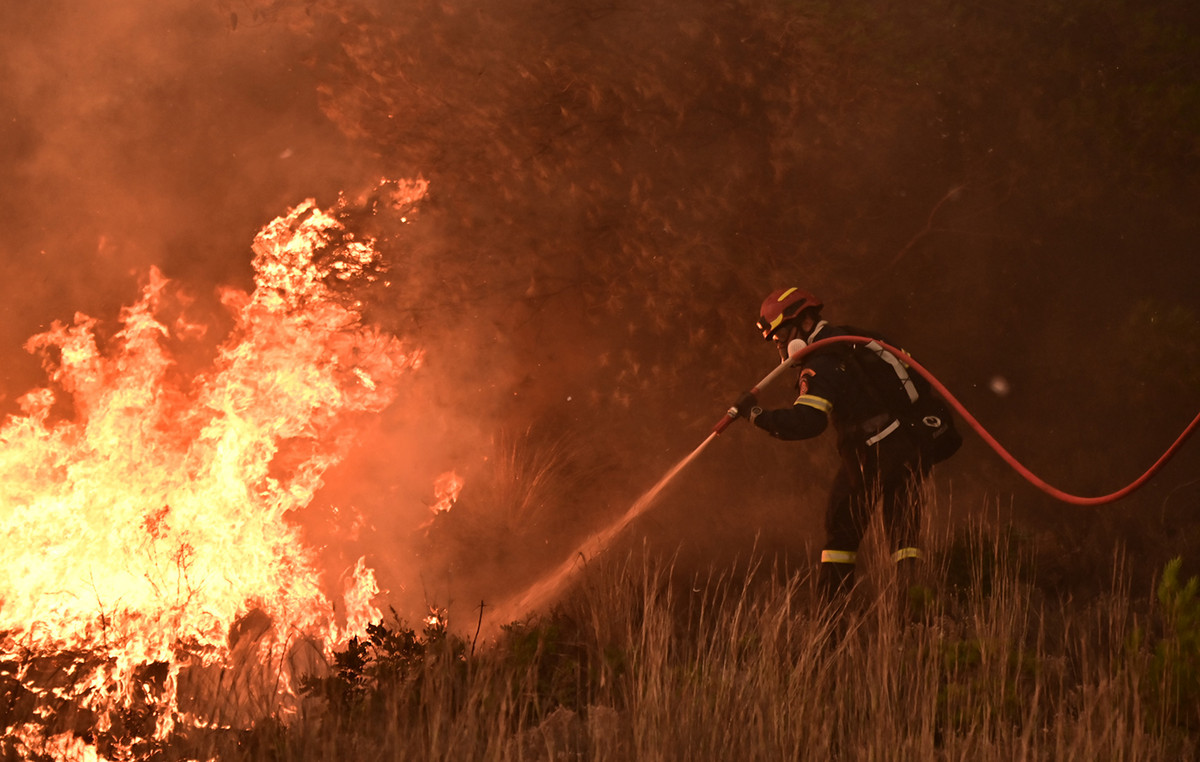Some people start investing without much knowledge about the asset they are acquiring or where they are letting the money go. On the other hand, these same people end up researching and comparing products before making a basic purchase, such as a fridge or a smartphone. This dichotomy is called “Charmin Syndrome” concept by Peter Lynch, manager of the largest equity fund in history.
The idea was exposed by Lynch in his book “One Up On Wall Street”, first published in 1989, but it can be related to the present day, in which more and more individuals enter the stock market and seek investments to allocate the capital.
According to data from B3 1.25 million new investors entered the Brazilian stock exchange between July 2021 and June 2022, which made the number of CPFs jump 40%, from 3.15 million to 4.40 million people.
Roberta Rodrigues, a 29-year-old financial analyst, told CNN Brasil Business who was one of the cases that can be considered an example within the Charmin Syndrome, but he sought knowledge earlier this year so as not to take any more risks of seeing his business frustrated.
“I started investing in college, in fixed income. Until then I didn’t have much knowledge about investments and little money. Since then I have always reserved and saved my money, but with the thought that I would invest in Selic until I stopped one day to research a better variable income asset”, he said.
“Earlier this year, I took a course to better understand all our options, even to be able to help more people around me. It changed my mindset a lot. We usually have in mind that to invest we need to have a lot of money, but I started to understand the reality and the possibilities of investing and making the money pay off without having exorbitant values”, he added.
The young woman stated that she intends to continue studying to expand her knowledge about finance, stressing that it is easier to find online content and products that will help in understanding the financial system these days.
“It is always important to study. Today, we have technology in our favor, so we don’t necessarily need to take a paid course, there is a lot of free stuff that provides knowledge. But of course, if one can pay part of the money for studies, a paid course has a lot to add”, he declared.
Charmin’s Syndrome
Peter Lynch uses as an example to explain the concept created a fictional character named “Mr. Houndsteeth”. This is an extremely dedicated consumer in carrying out studies and comparisons with the basic purchases he intends to make.
However, when choosing companies where he will invest his money – which he managed to keep precisely in the face of so much attention in everything he consumed – Mr. Houndsteeth puts all effort aside.
The nomenclature “Charmin”, exposed to the concept, refers to a brand of toilet paper by Procter and Gamble (P&G). Can better understanding of his creation, Lynch uses the brand of hygienic products to highlight the dichotomy of his character.
In the author’s example, Mr. Houndsteeth spends hours reading articles about the characteristics of the best brands of toilet paper before deciding which one to buy, but when it comes to investing in P&G, the company that makes Charmin, he doesn’t show the same commitment to the studies of the reports released by the company.
How it affects investments
To CNN Brasil Business , Rico Investimentos highlighted some points that should be considered when making financial decisions. One of the main issues that should be studied when starting the journey through the world of investments is the volatility of investments.
“To get everyone on the same page, volatility is nothing more than the variation in the price of an asset in relation to its average in a given period, and can go up and down over that time”, explained the broker.
“These changes are easier to perceive when investing in stocks or real estate funds, for example, as these assets change in price daily according to market movements reflected in the stock exchange”.
Rico highlighted that many investors are not prepared to withstand the volatility of their investments, and, in the first drops, they tend to give up and redeem the values, which ends up bringing them losses.
It is also recommended that investments be made in the stock market only for people with this profile, who can withstand the “burst” of the roller coaster. In addition, it is preferable that these investors already have a safe emergency reserve ready in case of crises.
Another factor cited by Rico is starting small. As with Roberta, it’s okay to start investing with little money. Keep in mind that progress will come with consistency and preparation, not just excess capital.
Finally, the broker pointed out that investors should not forget to diversify their portfolio. The famous story of “don’t put all your eggs in one basket”. And this seems to be being adopted by investors, according to B3.
In 2016, 75% of the total number of registered CPFs had a portfolio completely focused on stocks. In the second quarter of 2022, the number rose to 33%, which shows that people are more attentive to other products available in the variable market, such as FIIs (Real Estate Funds), BDRs (foreign companies) and ETFs (investment funds linked to to indices, traded on the stock exchange).
Source: CNN Brasil
Joe Jameson, a technology journalist with over 2 years of experience, writes for top online news websites. Specializing in the field of technology, Joe provides insights into the latest advancements in the industry. Currently, he contributes to covering the world stock market.







